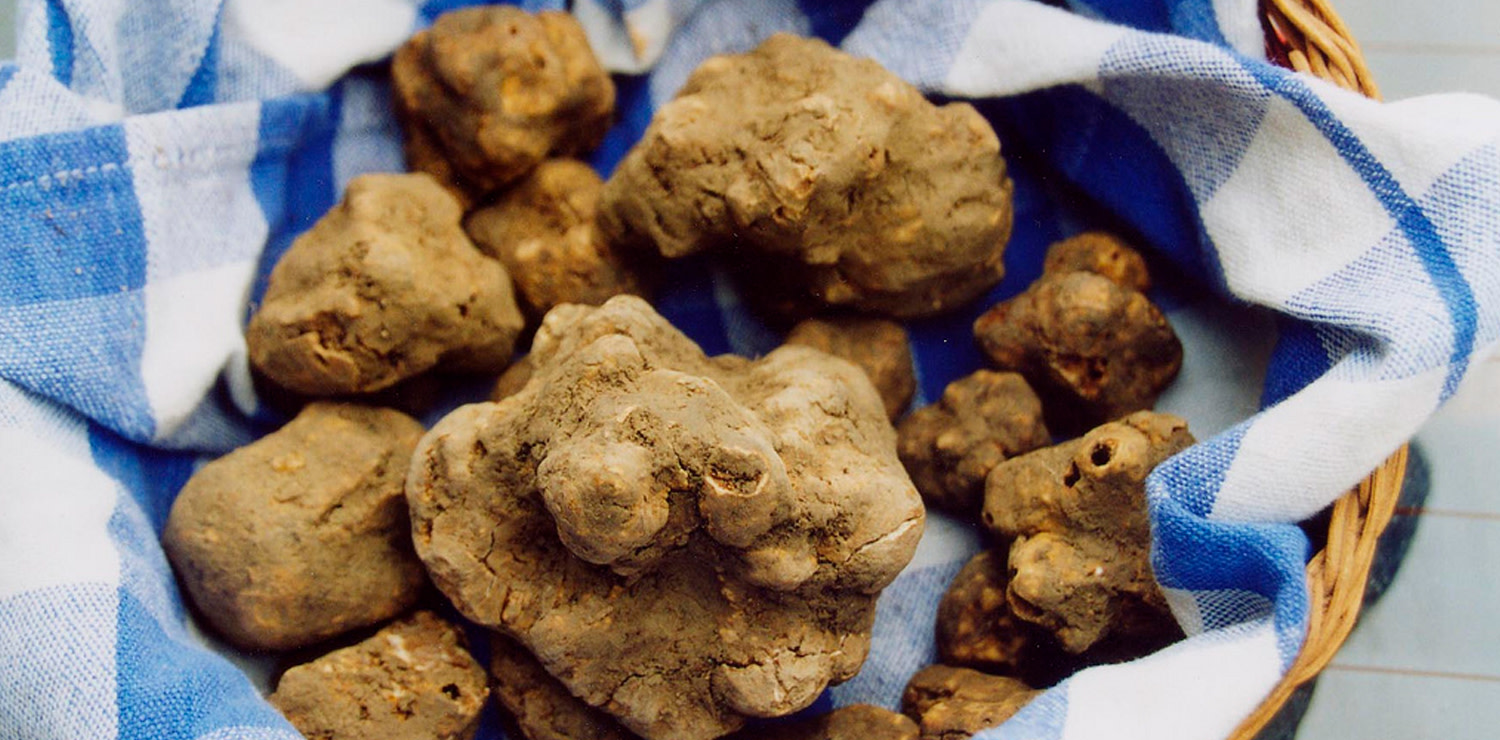10 typical Tuscan products to have in the pantry
Discovering the endless and variegated IGP and DOP Tuscan products
There are many ways to introduce an area. Its museums, the art, landscapes, and monuments. To convey an image of its culture to the world, Tuscany has a treasure trove of delights: its traditional products. Each one is a little book of material history, a legacy of the peasant and artisan cultures. Each one is a cultural, socio-economic identity card of the community that produces it.
DOP and IGP products are an expression of our people, the peasant culture, the attention to detail that is expressed in the precise production process, today codified in production rules that ensure consumers the certainty of the origin of basic ingredients and respect for traditional workmanship. But traditional products tell an even longer story, for anyone who wants to listen. They also recount the architecture and landscape of Tuscany that man has helped to design in harmony with nature. In these products, there is the ability to best use any resource, from the rain to the sun, from the winds to the mists, to enrich flavour and preserve them in the best possible way. The creation of the typical product is therefore the result of a peasant wisdom passed down to us through centuries of a rich and complex oral tradition, now maintained by the denominations or appellations of origin.
Typical products are authentic ambassadors of Tuscany. They tell us that the earth is always the same, that it has not lost its ties with the past, with the goodness and genuine quality of its flavours, products that are found everywhere along the coast, in the hills and the villages. It is a Tuscany of a thousand souls, each one different and full of sober and essential flavours, from Lunigiana with the Borgataro IGP mushroom to DOP honey, from the Apuan Alps and the quarry workers who exalted IGP Lard in their ‘marble cradles’, rocky mountains that soften in the Apennines near the Garfagnana with its IGP Spelt and DOP Chestnut flour , from the ‘Svizzera Pesciatina’ with the rare IGP Sorana bean, the Mugello and Pratomagno with their IGP Marroni or chestnuts. They are here in the hills with the most famous vineyards in the world, and the oil, the only condiment accepted by Tuscan cuisine that boasts the IGP for the production of all Tuscany with subzones of Chianti Classico, Terre di Siena, Florence and Lucca hills, all DOP. And there are also the pastures where flocks graze on fragrant herbs for delicate DOP Pecorino cheese, and farms where the pig has a place of honour for its tasty salami, DOP cured raw ham and DOP Cinta Senese pork that goes well with DOP Tuscan bread. There are many pages in the book of Tuscan flavours, as many as 14 DOPs and 12 IGPs, covering an agricultural area of almost 66 thousand hectares and involving 13,631 farms and businesses. In addition to this team of certified excellence are 463 Tuscan Food Products, known as PAT, for a national total of 4698. The path for achieving recognition by the European Union for an agricultural DOP product (Protected Designation of Origin) and IGP product (Protected Geographical Indication) is complex, but it is a guarantee for the consumer and a true gastronomic heritage for Tuscany. The DOP has a close objective connection between the product quality and geographical origin. The processing and preparation phases are all located in the geographical area and the reference is the geographical environment including natural and human factors such as climate, soil, tradition and knowledge of local techniques. The IGP is linked to the reputation of the product and refers to the geographical origin. Enjoying these products, one discovers the innermost soul of Tuscany, its people, its history and its civilization.









